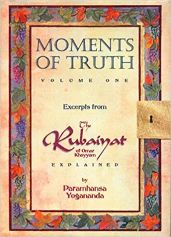Orientalism translated – Omar Khayyam through Persian, English and Hindi. Harish Trivedi.
In: Colonial transactions. English literature in India. Manchester, Manchester University Press, 1995., p. 29-52.
The Khayyam texts assembled in this essay constitute a partial but significant narrative of the formation of the modem Indian identity not only in terms of a Perso-Indian response to a Perso-Anglian poetic construct, but also in terms of the constantly shifting grounds of the linguistic basis of that response. The progress of Khayyam from Persian not initially into Hindi but into English into Hindi into English-English into Indian-English not only reflects closely the linguistic-cultural evolution of modem India from c. 1780 to 1989: it also provides a complex ‘oriëntalist’ sub-text of our colonial and post-colonial condition over this period.
